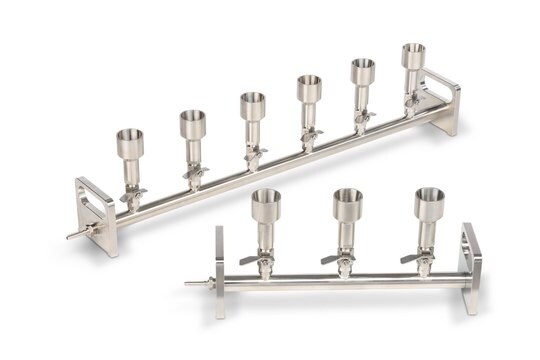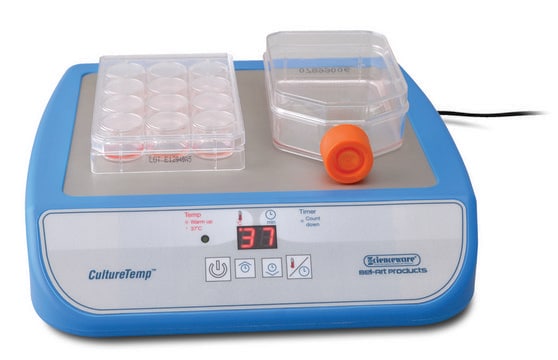GF87130728
Cobalt
wire reel, 0.5m, diameter 0.05mm, hard, 99.9%
Synonym(s):
Cobalt, CO005080
About This Item
Recommended Products
Assay
≥99.9%
form
wire
manufacturer/tradename
Goodfellow 871-307-28
resistivity
6.24 μΩ-cm, 20°C
bp
2900 °C (lit.)
density
8.9 g/mL at 25 °C (lit.)
SMILES string
[Co]
InChI
1S/Co
InChI key
GUTLYIVDDKVIGB-UHFFFAOYSA-N
Looking for similar products? Visit Product Comparison Guide
Related Categories
General description
Legal Information
Signal Word
Danger
Hazard Statements
Precautionary Statements
Hazard Classifications
Acute Tox. 4 Oral - Aquatic Chronic 3 - Carc. 1B - Eye Irrit. 2 - Muta. 2 - Repr. 1A - Resp. Sens. 1 - Skin Sens. 1
Storage Class Code
6.1D - Non-combustible acute toxic Cat.3 / toxic hazardous materials or hazardous materials causing chronic effects
WGK
WGK 3
Flash Point(F)
Not applicable
Flash Point(C)
Not applicable
Certificates of Analysis (COA)
Search for Certificates of Analysis (COA) by entering the products Lot/Batch Number. Lot and Batch Numbers can be found on a product’s label following the words ‘Lot’ or ‘Batch’.
Already Own This Product?
Find documentation for the products that you have recently purchased in the Document Library.
Our team of scientists has experience in all areas of research including Life Science, Material Science, Chemical Synthesis, Chromatography, Analytical and many others.
Contact Technical Service










